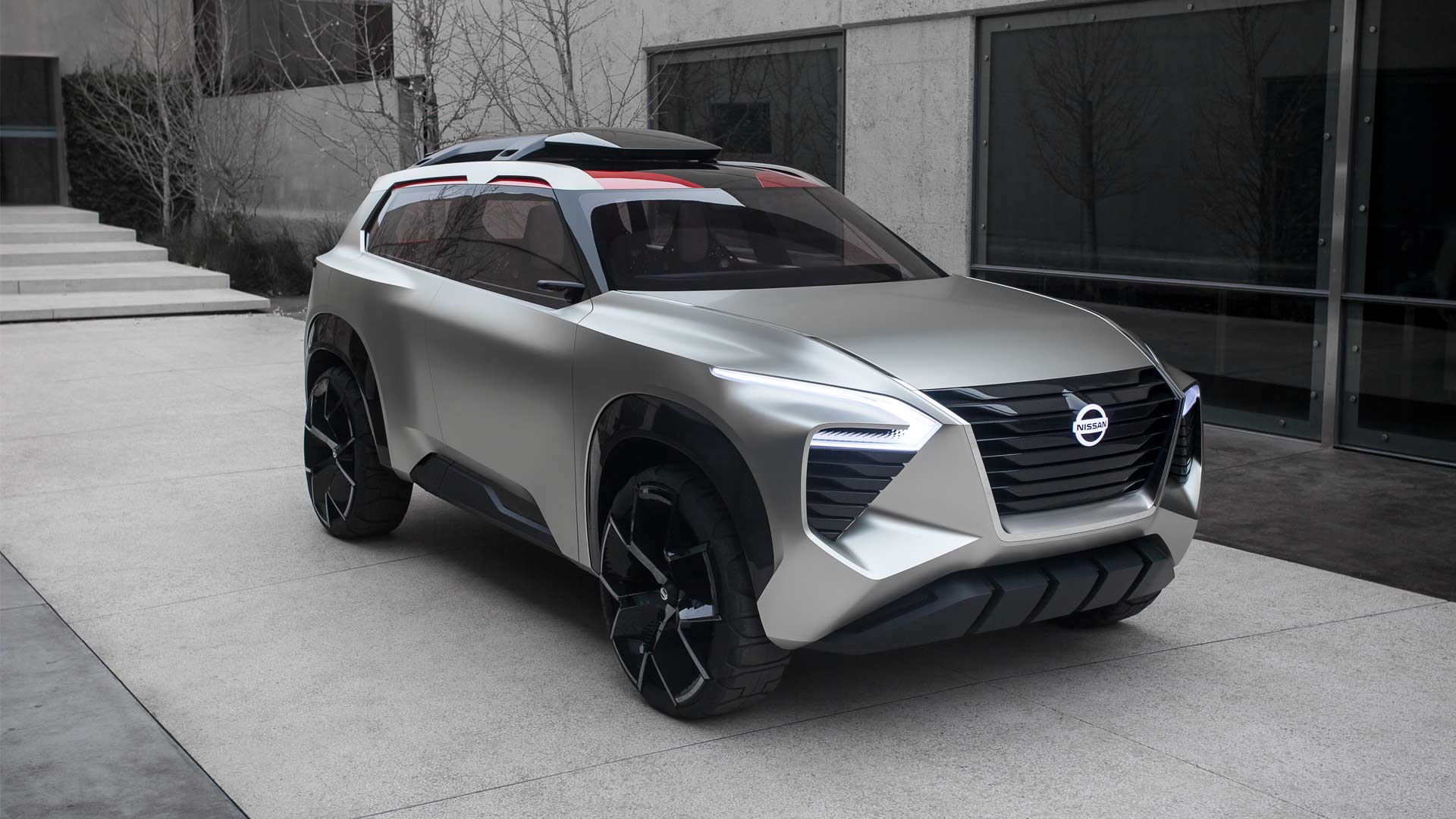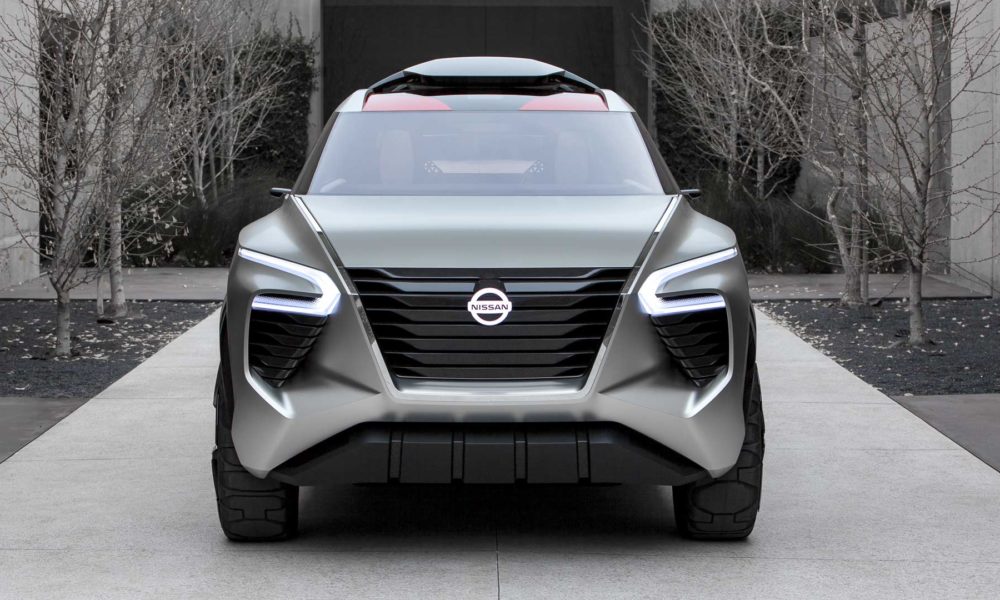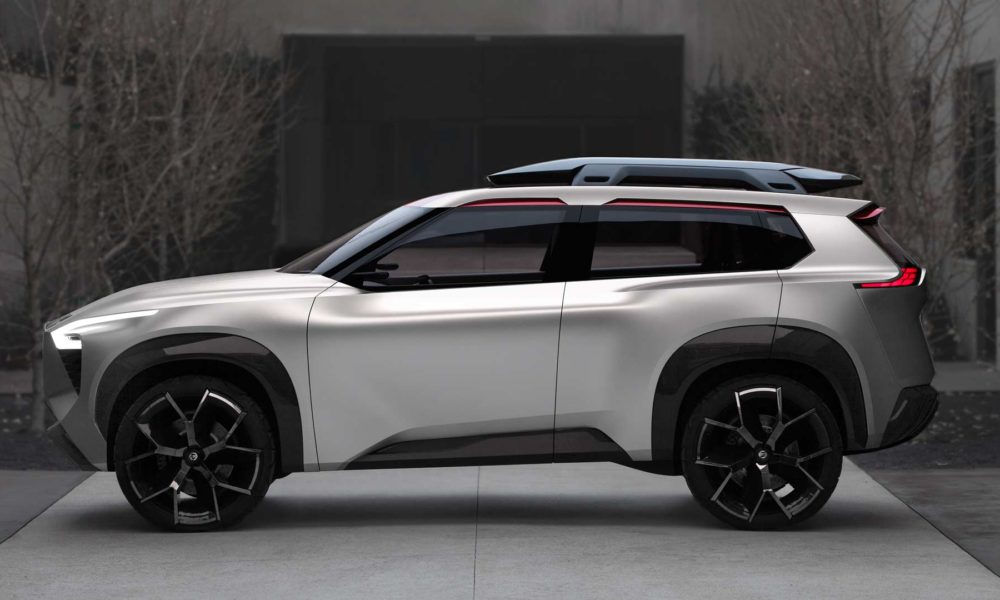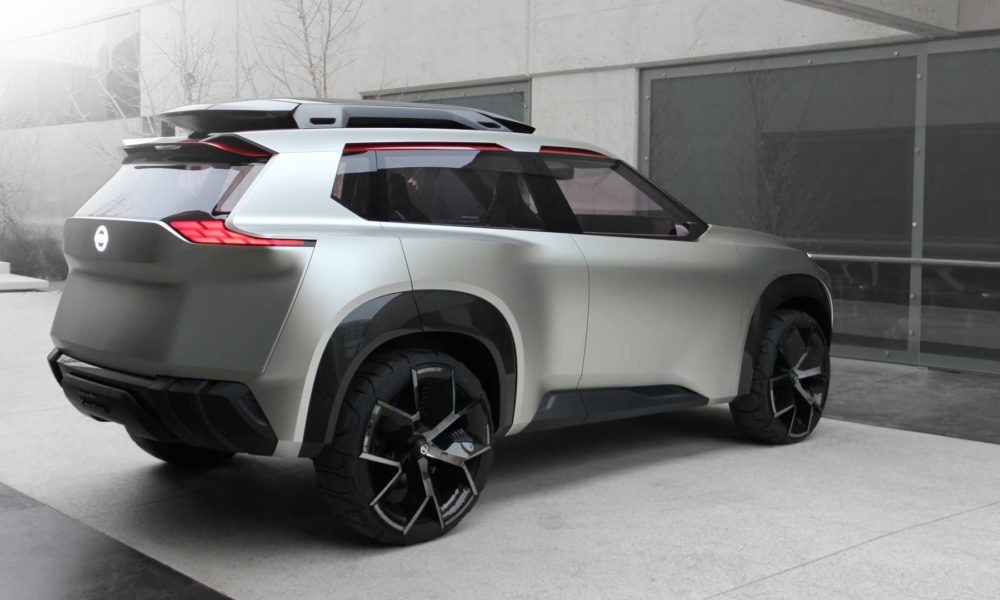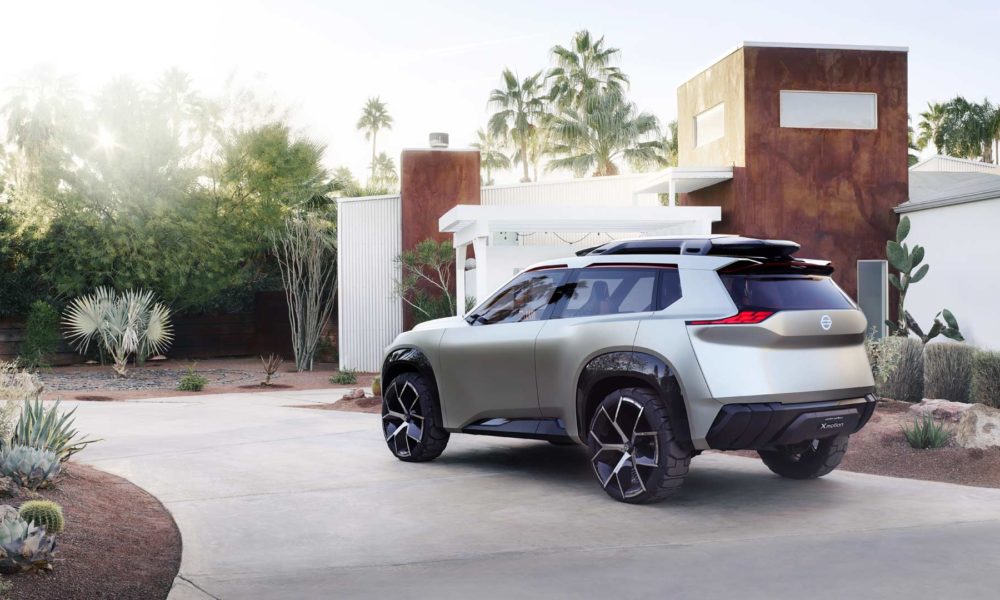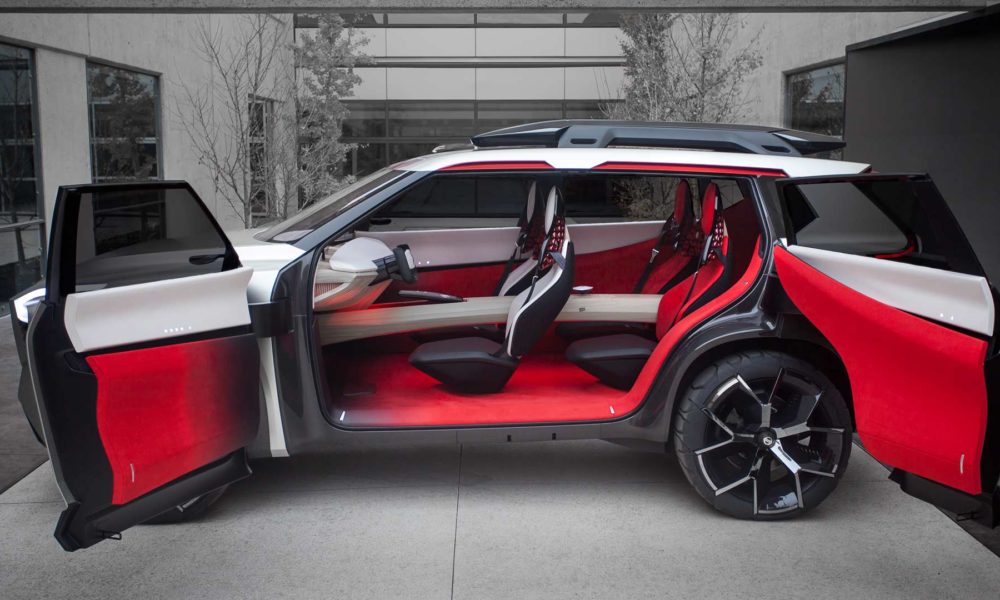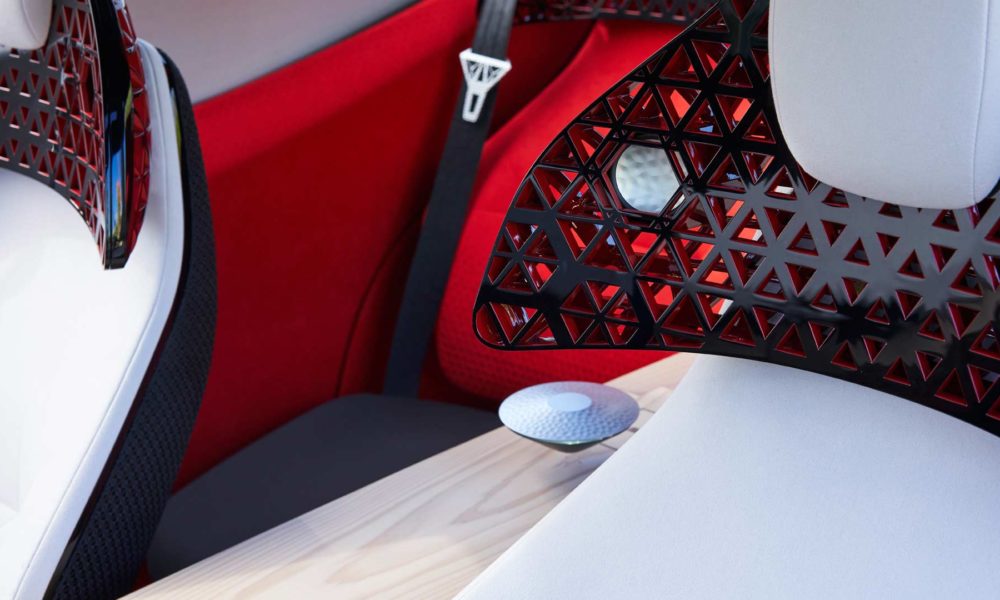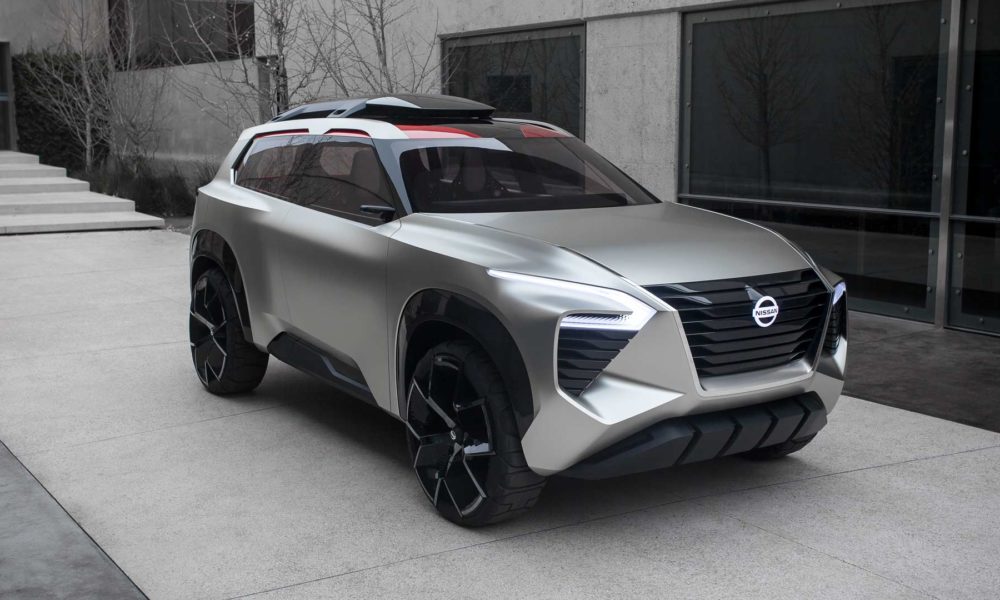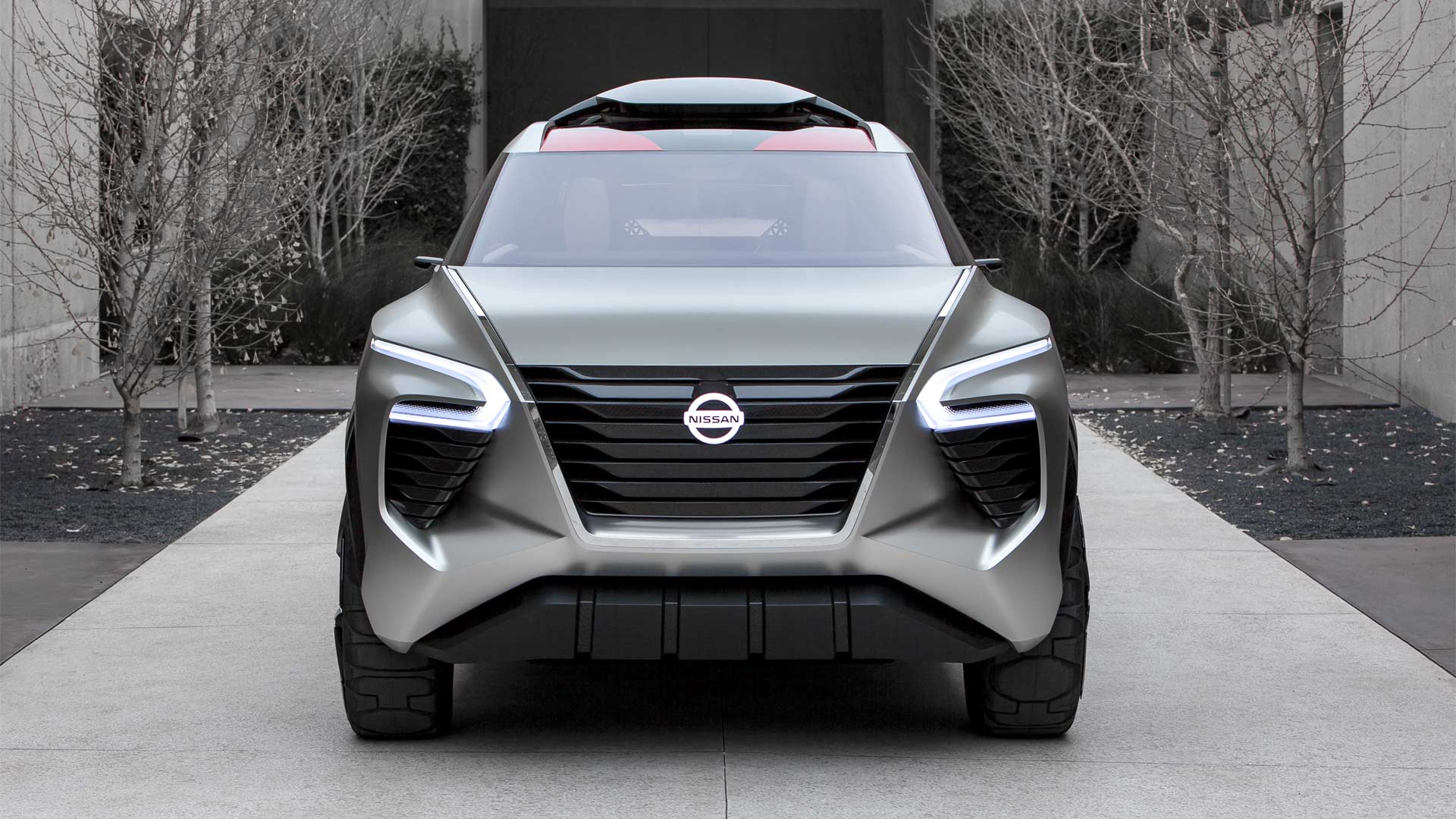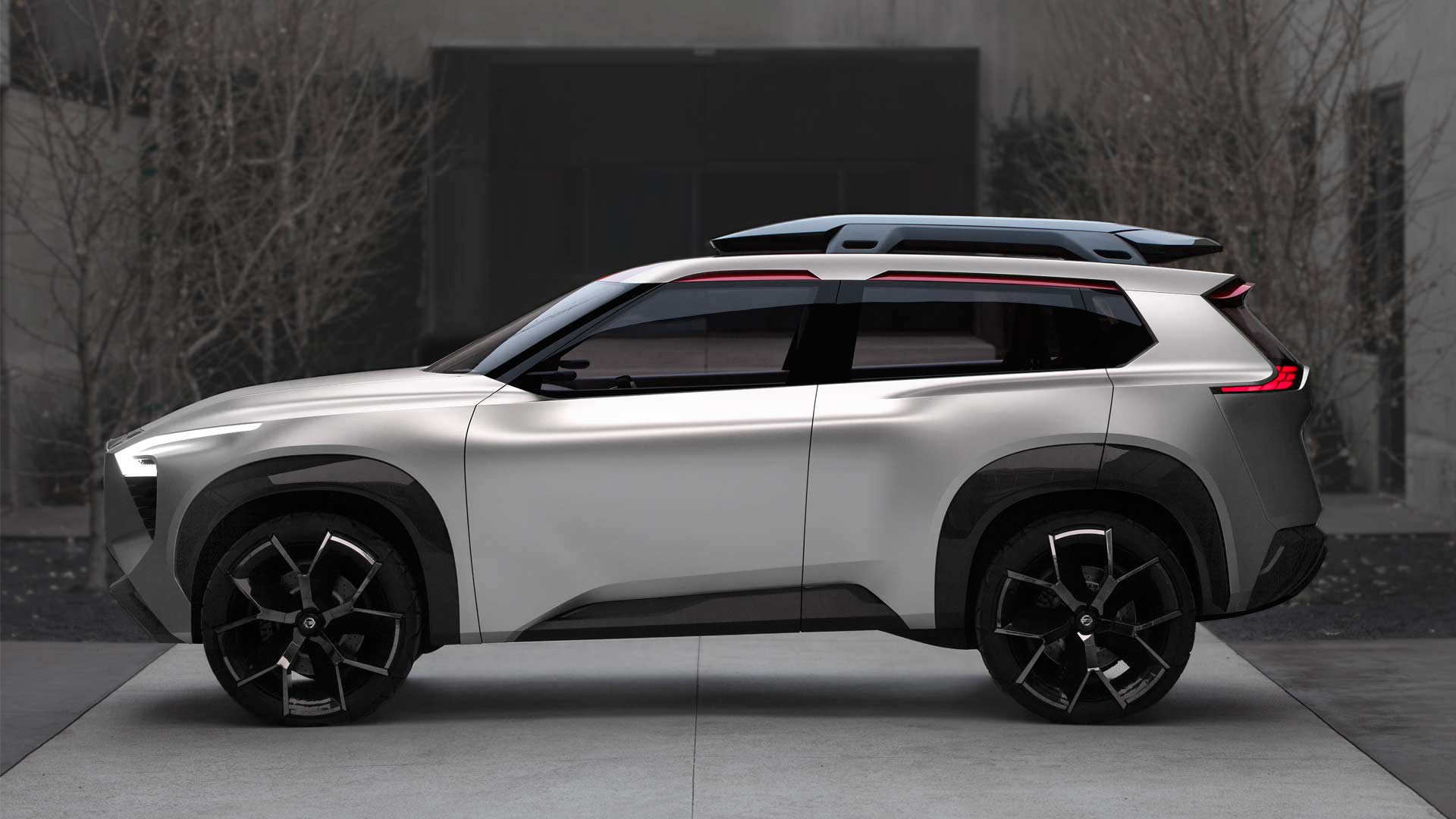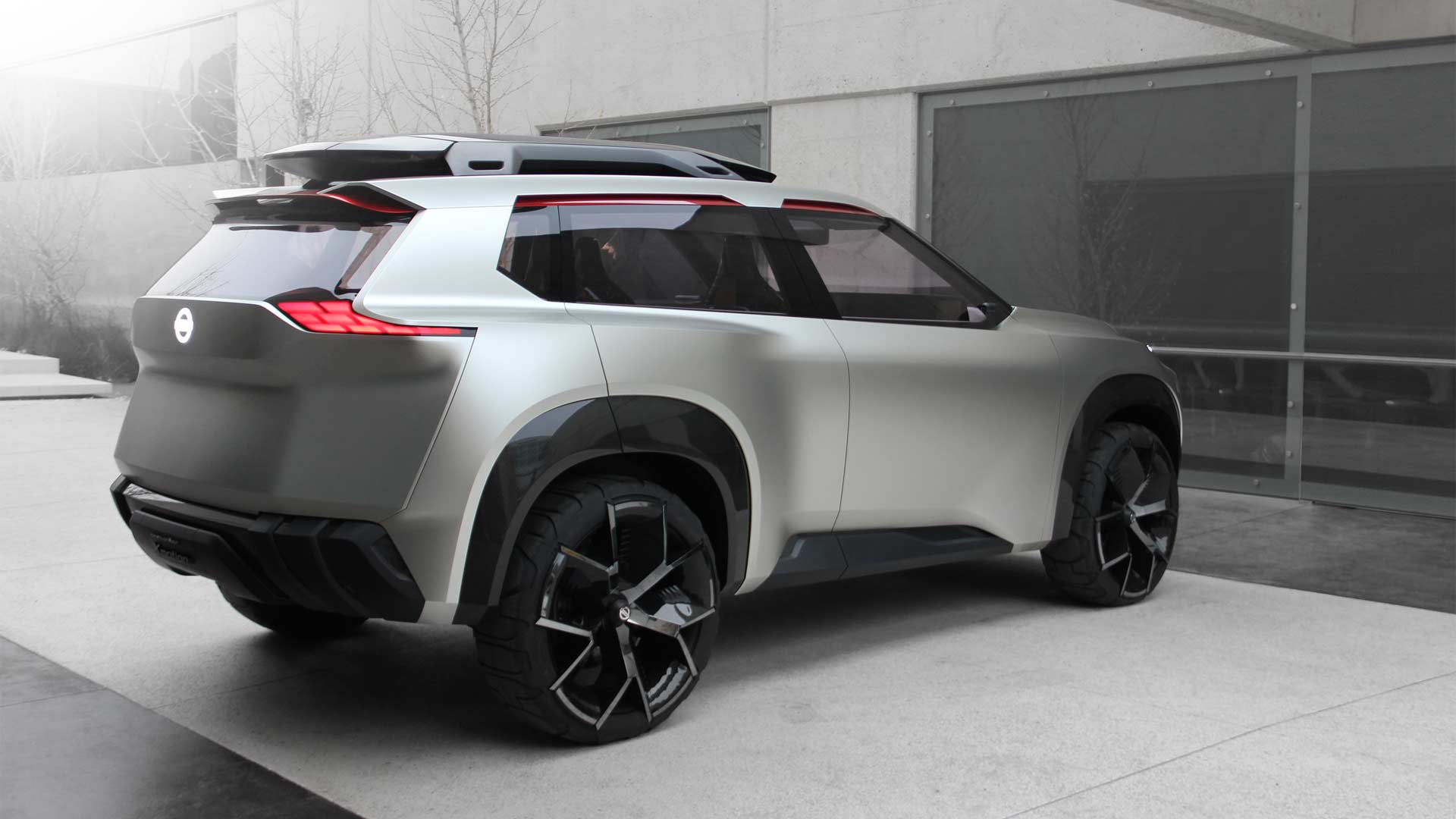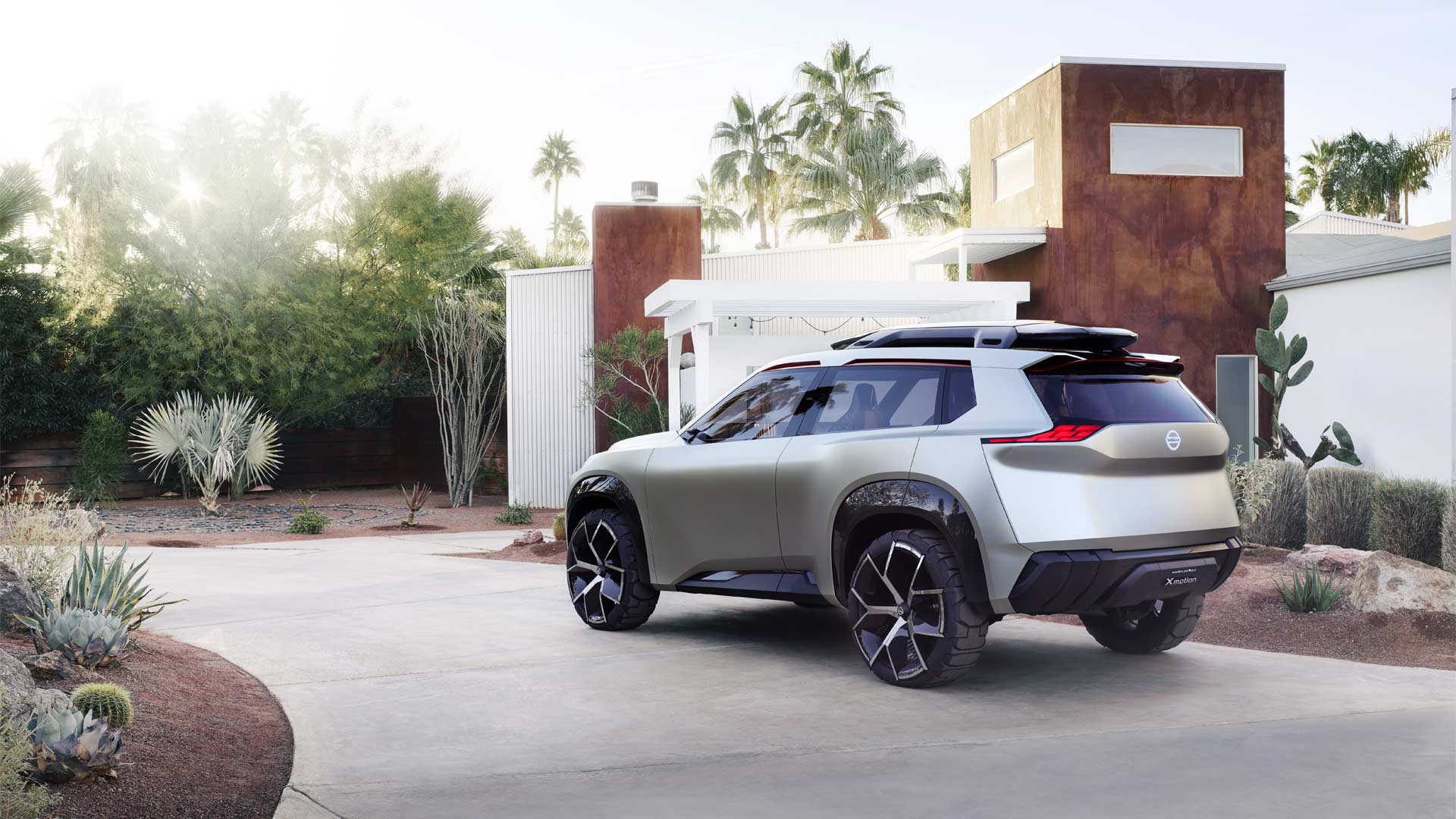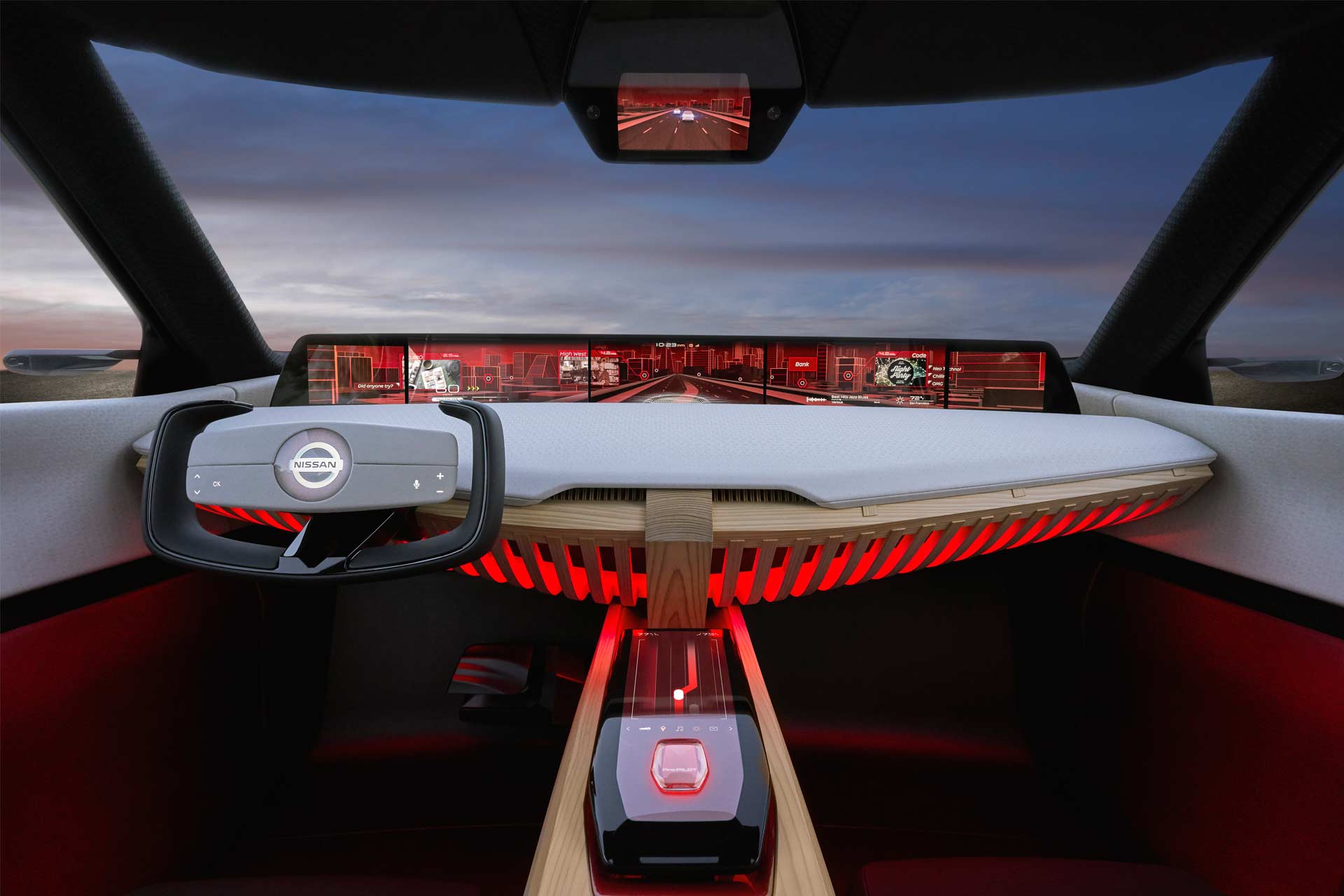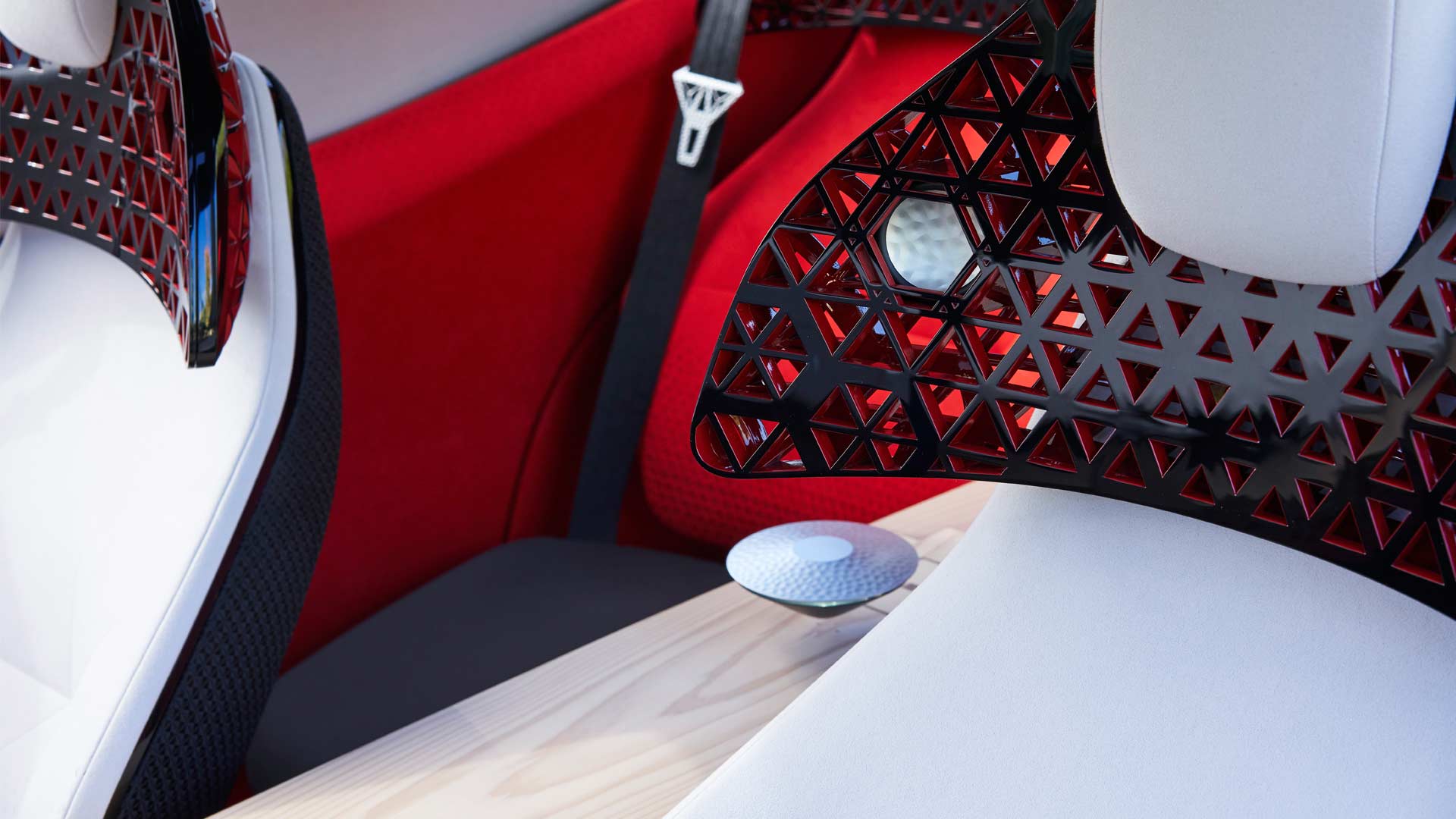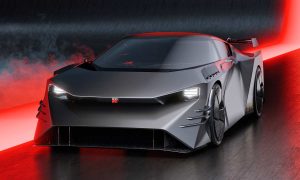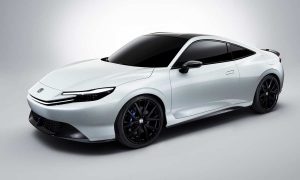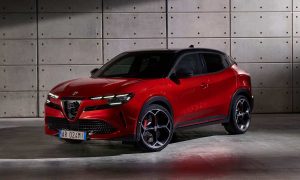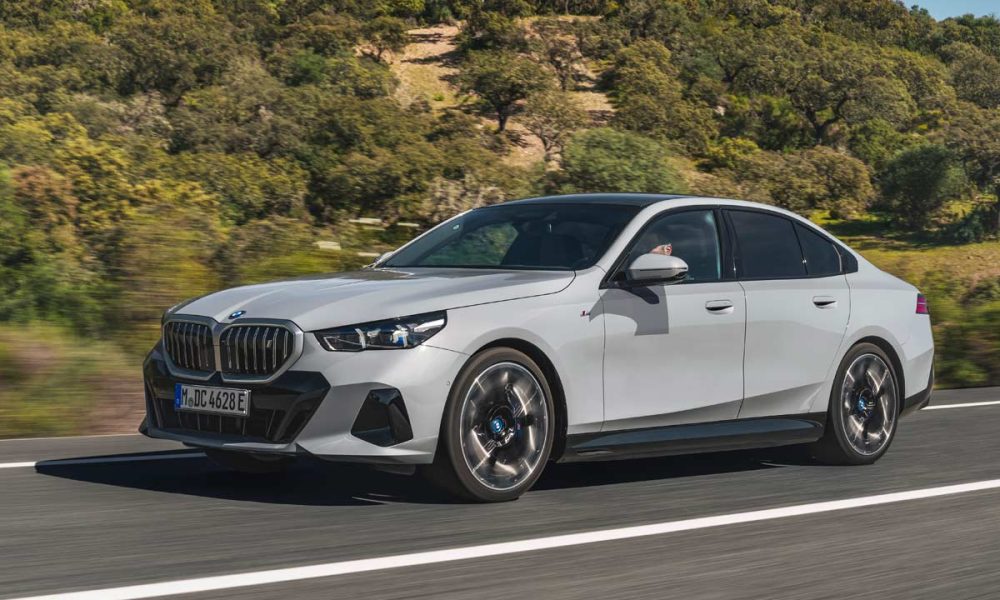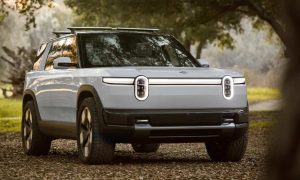Nissan is showcasing the Xmotion (pronounced “cross motion”) concept at the 2018 North American International Auto Show, which according to the company fuses Japanese culture and traditional craftsmanship with American-style utility.
The front face retains the signature styling elements such as the V-motion grille. Speaking of the grille, it features horizontal bars inspired by Japanese architecture and executed in a sharp, blade-like appearance with its deep carbon color and high-gloss finish completing the grille’s dramatic appearance. The “boomerang” headlamps are inspired by forged steel blades. The headlamps integrate all functions into a single unit – high beam, low beam, turn signals and positioning lamps. The intensity and color of the lighting changes depending on the function.
At the rear, the tail lamp design was inspired by the detail and warmth of kumiko, Japanese woodwork and puzzles. The structure of the lights is, in fact, an optical illusion created by hologram technology.
The concept sits on 21-inch aluminum-alloy wheels wearing all-terrain tires.
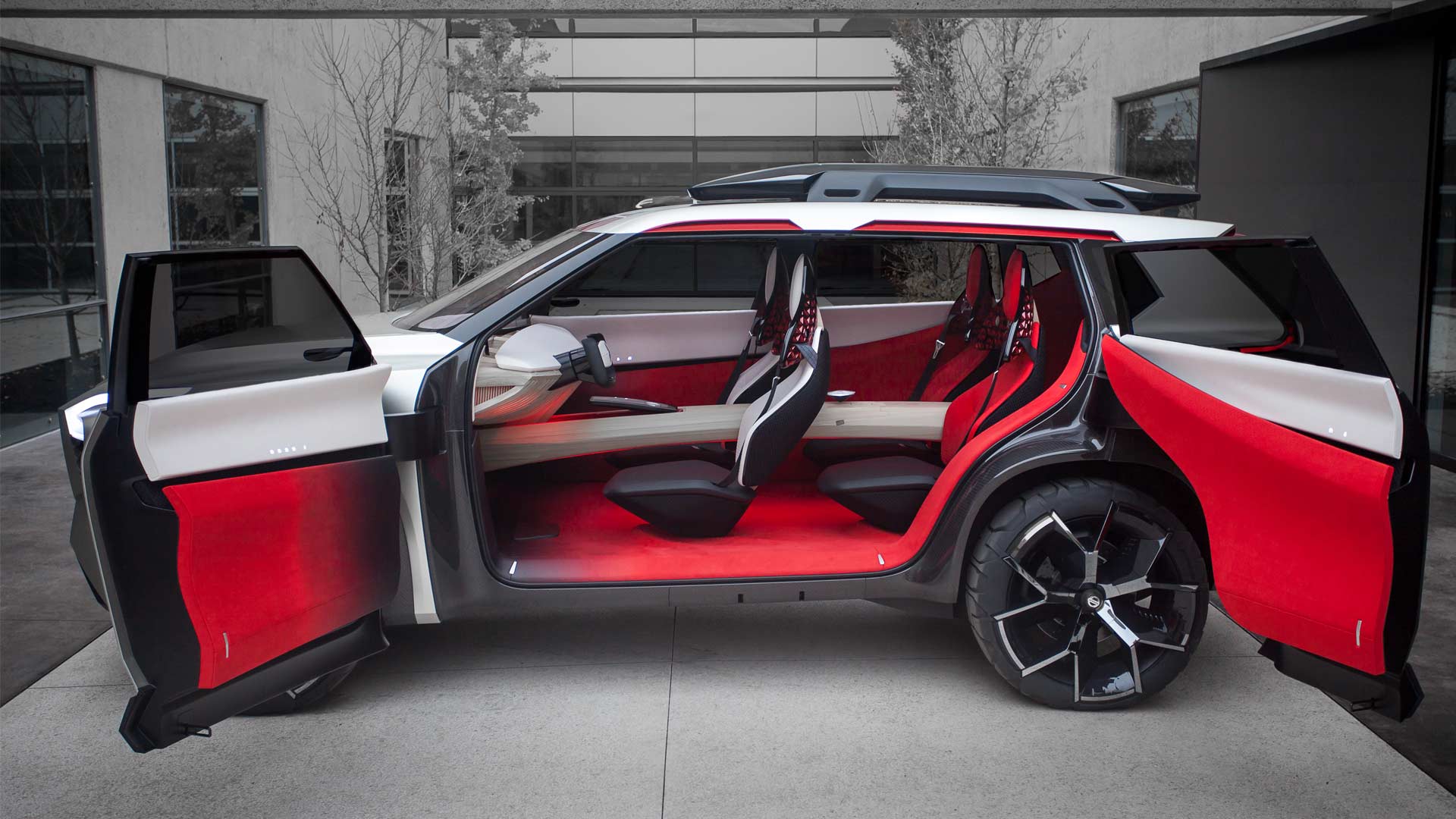
The drama has been carried over to the interiors as well, where the floor represents a river, with the center console acting as a bridge that connects the front and rear passenger areas.
The console, the core of the interior design, uses one of the many traditional Japanese architectural wood joinery techniques, kanawa tsugi. This technique doesn’t use a single nail or glue and is known for its strength and durability.
Similarly, the instrument panel design is a modern interpretation of the traditional kigumi wood joinery. By using the kigumi structure in the instrument panel and console, the Xmotion concept interior suggests a robust bone structure, creating a sense of strength and trust that passengers want to feel in their vehicle, Nissan said.
On the console, an item called a “floating commander” can sense a passenger’s movement. It contains a motion sensor inside and scans the motion of a passenger’s hand to control the entertainment system, as well as the heating, ventilation and air conditioning.
The Xmotion concept also includes a total of seven digital screen portions. Three main displays and left and right end displays span the width of the instrument panel. There is also a “digital room mirror” in the ceiling and a center console display.
The displays and infotainment system can be controlled by gestures and eye movements besides voice command system.
Fingerprint authentication is used to start the operation of the Xmotion concept. When the driver touches the fingerprint authentication area on the top of the console, the opening sequence starts, awakening the virtual personal assistant – which takes the shape of a Japanese koi fish.
The koi jumps into the main screen. After linking with the driver’s smartphone, the navigation system automatically recognizes the destination, and other user information – such as weather, music and vehicle system info – will be activated. The navigation system recognizes the surrounding “information” while traveling.
For example, in autonomous drive mode, while changing lanes or overtaking other traffic, the virtual personal assistant will pick up other “browsing” information about points of interest along the way. In this way, the koi acts as a storyteller to connect human and machine, Nissan said.
The Xmotion concept also uses a camera monitoring system in place of traditional door mirrors and displays images and other information on the end display screens. The system senses and monitors other vehicles around the Xmotion concept.

Leave a Reply
Note: Comments that are unrelated to the post above get automatically filtered into the trash bin.
